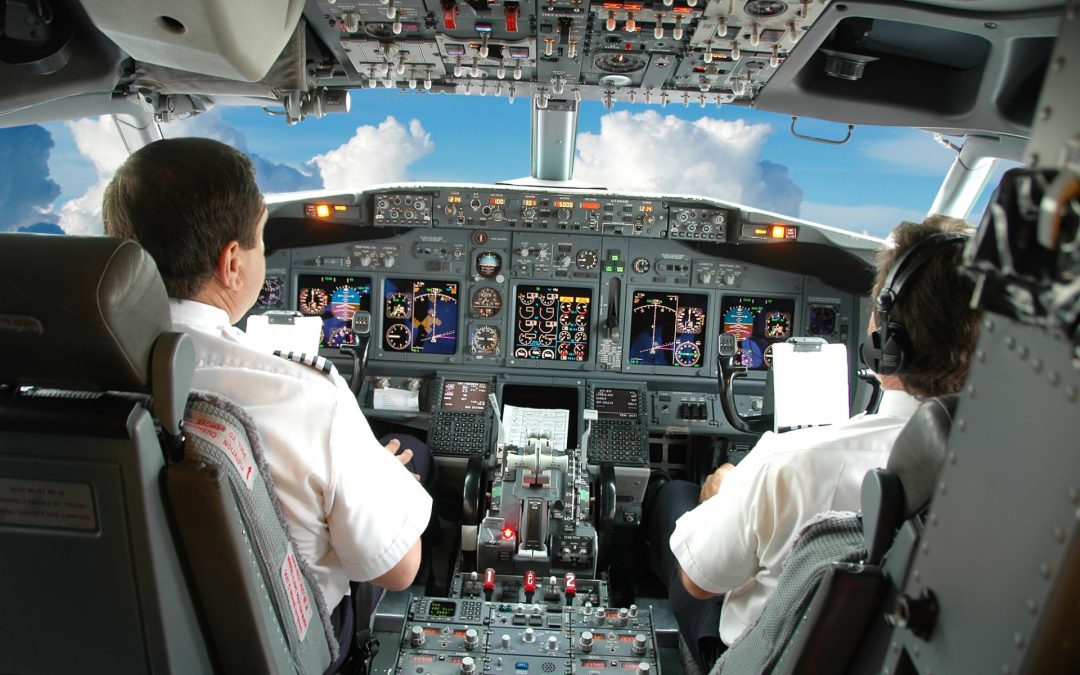When operating a complex machine in a complex dynamic environment as a part of a team, likely with team members unfamiliar with each other, there has to be a system in place to ensure the smooth synchronised cohesion of the team to ensure the safety and efficiency of the operation. Modern aircraft demand a high level of teamwork and operational skill to achieve the required level of safety and efficiency. Apart from regular training, one way this is achieved is through the use of Standard Operating Procedures, or SOPs.
SOPs have contributed to the safe transportation system we have today in aviation. As aeroplanes became more and more complex and the environmental demands were being pushed, standard ways of completing flights needed to be developed. Of course, aviation had a chequered start, so to survive and become a viable transport option, safety demands required systems and procedures be put in place. This included SOPs. When used alongside other tactile systems, this ‘soft’ system goes a long way to contributing to the safety of a company’s operation.

Picture you are new to the company or you are operating out of the base. You walk into the crew room to meet the other crew members you will be flying with today. It is highly likely you haven’t met any of them before. How can the company ensure you and the other crew members operate the flight (or flights) safely? Only by implementing a detailed document, pages numbering into the hundreds, can this assurance be achieved. These SOPs are studied in depth by the crew members during their training and induction period into the company. Also, regular training and checking ensures a high compliance with these SOPs. For someone outside of the operational coal face, these SOPs may seem extremely detailed (demanding even when to turn certain lights on or off!), but this is all in an effort to maintain a safe operation.
Of course, to achieve a high level of compliance by the crew, the SOPs have to be up to date and relevant. The SOPs need to be regularly reviewed by people in positions that are aware of the unique demands of the company’s operation. This person is usually a Chief Pilot, Training Manager, or Flight Operations Manager. A successful update of the SOPs will include input from other departments, such as the Safety Department, Ground Operations, or Cabin Management Department. Any changes are then proposed and go through an internal and external (regulatory authority) acceptance phase before being fully implemented into an adopted procedure.
Crew members will start to deviate from SOPs if they;
- Make their task much more difficult;
- Are overly complex;
- Are viewed as out-of-date;
- Do not trust the person who has an overall remit for the SOPs; or
- Are disengaged from the vision of the company.
Deviation, or non-compliance, at best produces confusion and other crew members being ‘out of the loop’. At worst, non-compliance can lead to an accident.
SOPs are used in many other industries, however, aviation arguably leads the way in detail of the SOPs and constant monitoring of SOP compliance and relevance. All of this to attain and retain the level of safety the aviation industry can now be proud of and the customer demands.


Recent Comments